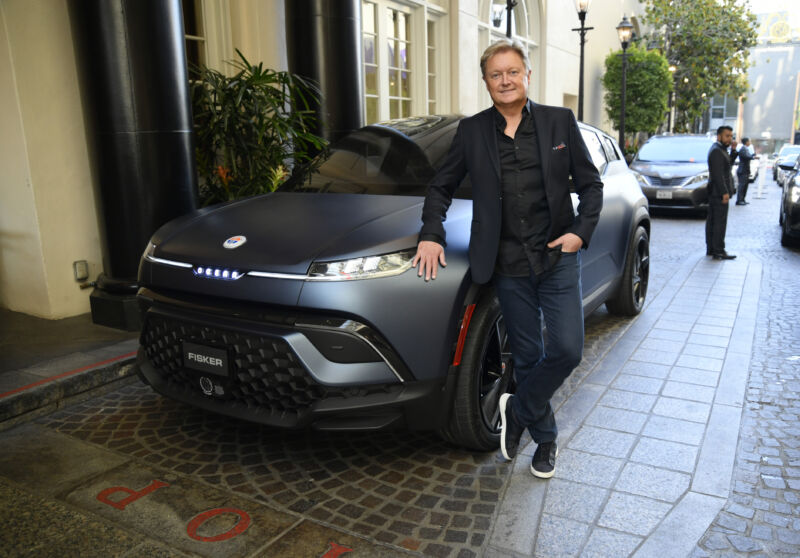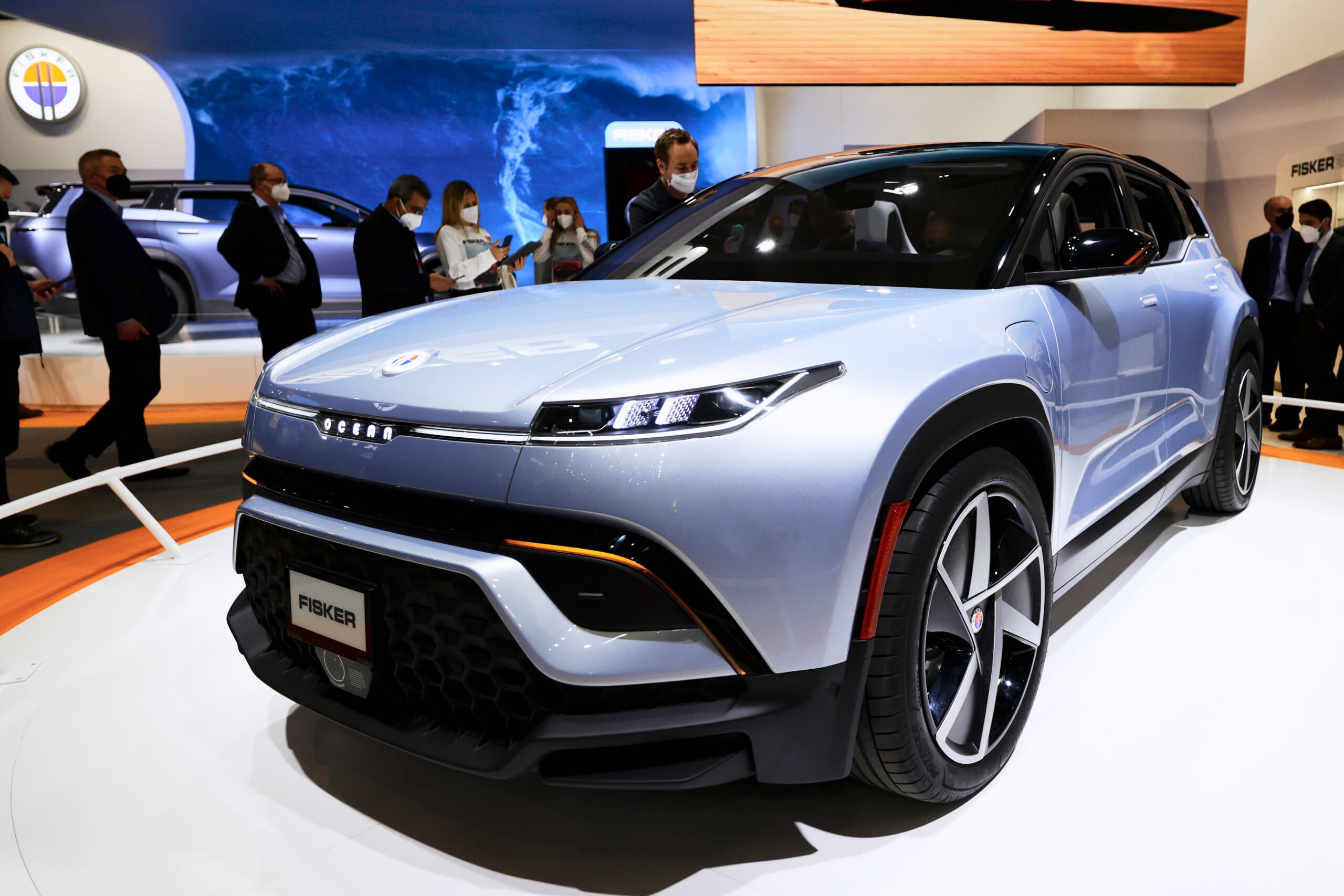Harsh waves —
No word on parts, warranty, or, most crucially, software updates in the future.

Enlarge / Car designer Henrik Fisker poses with a Fisker Ocean at the Salvation Army California South Division’s annual Sally Awards in June 2022.
Michael Tullberg/Getty Images
Fisker, the second EV firm started by legendary BMW and Aston Martin designer Henrik Fisker, has filed for bankruptcy and intends to sell its assets and restructure its debt. The almost inevitable outcome comes months after it paused manufacturing amid cash flow shortages, safety probes, and devastating reviews of its only product, the Fisker Ocean SUV.
Fisker’s statement about the filing notes the firm’s production of the Ocean “twice as fast as expected in the auto industry” and delivering “the most sustainable vehicle in the world.” However, a Fisker spokesperson writes, “[L]ike other companies in the electric vehicle industry, we have faced various market and macroeconomic headwinds that have impacted our ability to operate efficiently.”
Rumors of Fisker’s bankruptcy have been circulating since March when the company suspended production of its Ocean for initially six weeks and then indefinitely. A month earlier, the company reported $273 million in 2023 sales but more than $1 billion in debt. Fisker’s stock was pulled from the New York Stock Exchange in late March. Amid what many saw as a generalized weakening of EV demand, Fisker was particularly vulnerable.

The Fisker Ocean, on display at Mobile World Congress in 2022.
Getty Images
“Unfinished,” “Strange,” and “the Worst”
That’s due largely to the issues with the Ocean itself. Wired was unable to give the Ocean a review score in July 2023 after having to switch cars mid-test and believing too many features existed only in “coming soon” form. Fisker board member Wendy Greuel and Geeta Gupta-Fisker, wife of Henrik Fisker, both had their delivered Oceans lose power while driving, according to documents seen by TechCrunch. Consumer Reports described it as “one of the strangest cars we’ve ever encountered.”
Just what it says on the tin.
YouTube tech reviewer and podcaster Marques Brownlee, who reviews cars on his Auto Focus channel, cut right to it: “This is the Worst Car I’ve Ever Reviewed.” Brownlee’s video pointed out disconcerting software issues, including an excessively slow response by the central display, irregular warning lights, and key fob issues. Fisker did itself no favors with its reaction to the video review, which involved trying to track down Brownlee’s borrowed Ocean and alternately chastising and cajoling the dealer who loaned it to him.
Brownlee posted on X (formerly Twitter) Tuesday that “everyone’s commenting that I killed them, but truth is they were doomed long before any of my videos.”
The second Fisker auto bankruptcy
Fisker is technically the second EV company started by Henrik Fisker to stall out of the gate. Fisker Automotive made the Fisker Karma, a plug-in hybrid (or “range extender”) sports GT, that broke down on Consumer Report’s test track before it could be actually tested and had a fire-risk recall. Fisker Automotive spent $1.4 billion making roughly 2,500 cars before it filed for Chapter 11 in 2013. This latest version of Fisker reported 6,400 vehicle deliveries by mid-April.
Fisker is seeking to sell its assets, worth between $500 million to $1 billion, with liabilities between $100 million–$500 million, according to its filing. The company, formed through a special purpose acquisition company (SPAC), contracted Canadian firm Magna to manufacture its cars. Adobe and Google are among its largest creditors.
Fisker said in its filing that in limited operations, it would work at “preserving certain customer programs.” No specifics about parts, warranty, or software updates were included. Ars reached out to Fisker to inquire about these items and will update the post with a response.